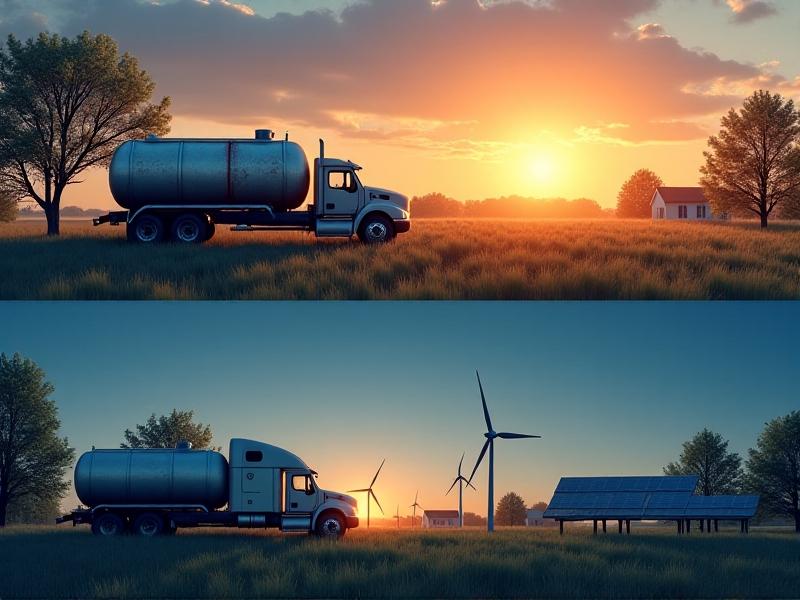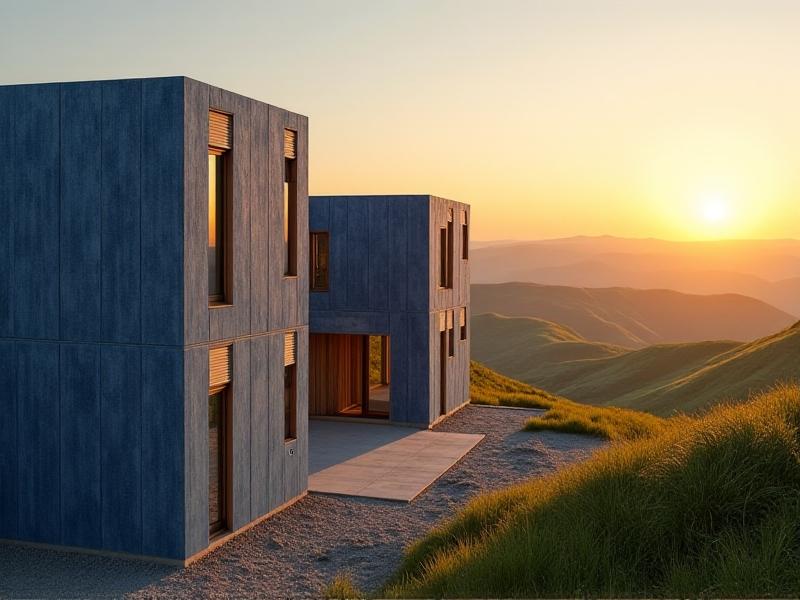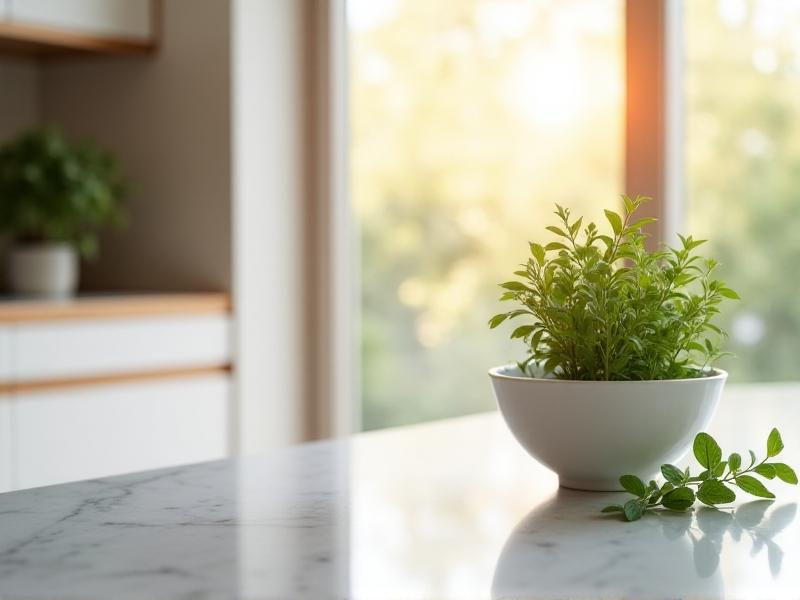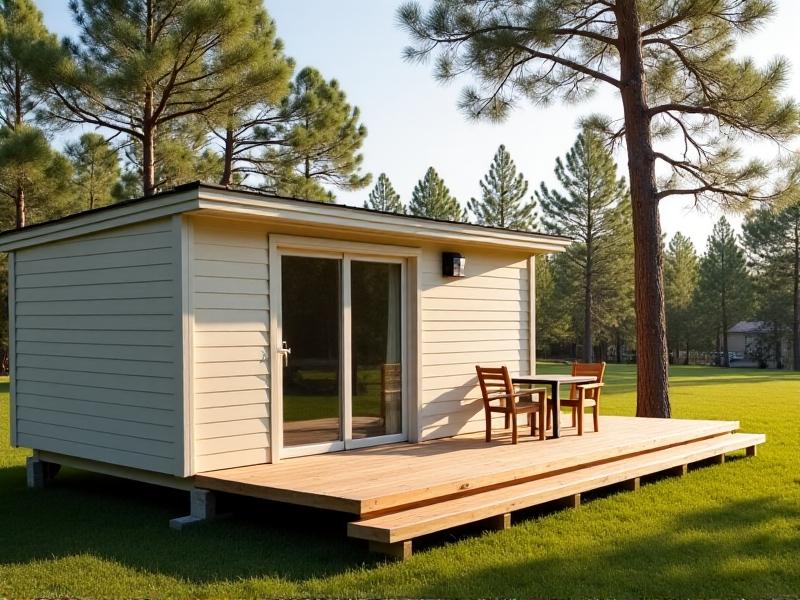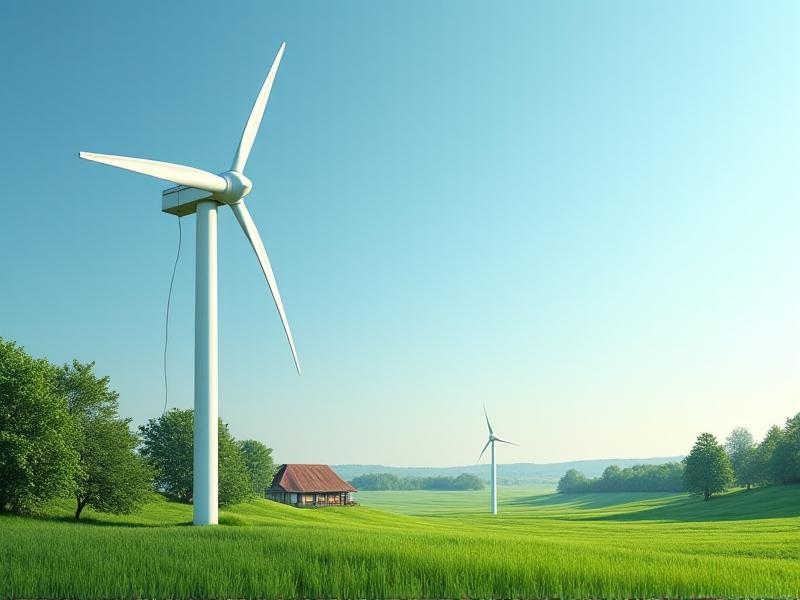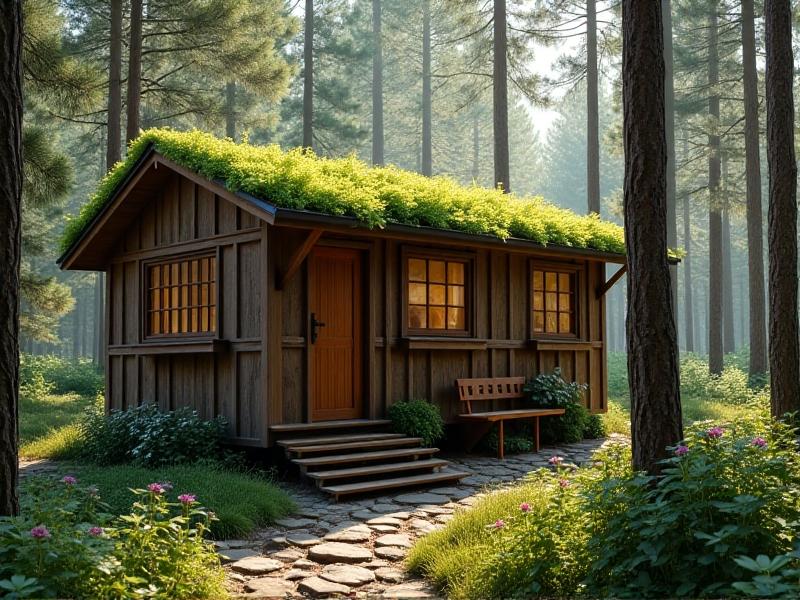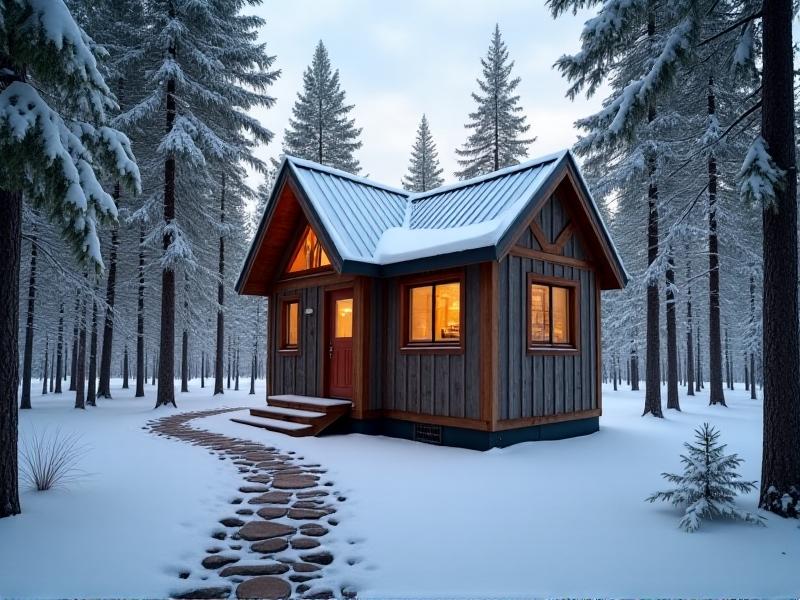Passive Cooling Earth Tube Designs
Understanding Earth Tube Systems
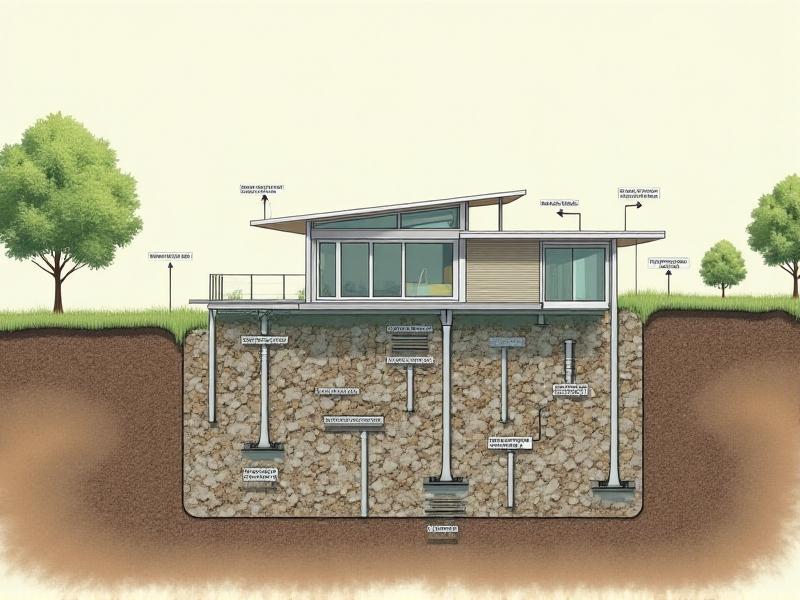
Passive cooling earth tube systems leverage the Earth’s stable subsurface temperatures to regulate building climates naturally. These systems consist of buried pipes, often made of durable materials like PVC or concrete, which channel outdoor air through the ground before it enters a structure. As air travels through the tubes, heat transfers between the soil and the airflow, cooling it in summer and warming it in winter. This method reduces reliance on mechanical HVAC systems, aligning with sustainable architecture principles. By integrating earth tubes into building designs, homeowners and architects can achieve energy efficiency while maintaining indoor comfort.
The Science Behind Earth Tube Cooling

Earth tubes rely on the concept of thermal inertia—the ground’s ability to absorb and store heat. At depths of 6–10 feet, soil temperatures remain relatively constant year-round, averaging 50–60°F in temperate climates. As warm ambient air enters the tubes, the cooler surrounding soil draws heat from it, lowering the air temperature by 10–20°F. The inverse occurs in winter, with cold air gaining heat from the earth. This heat exchange depends on factors like soil composition, moisture content, and tube length. Understanding these variables helps optimize designs for maximum efficiency, making earth tubes a versatile solution across diverse climates.
Key Design Considerations for Optimal Performance
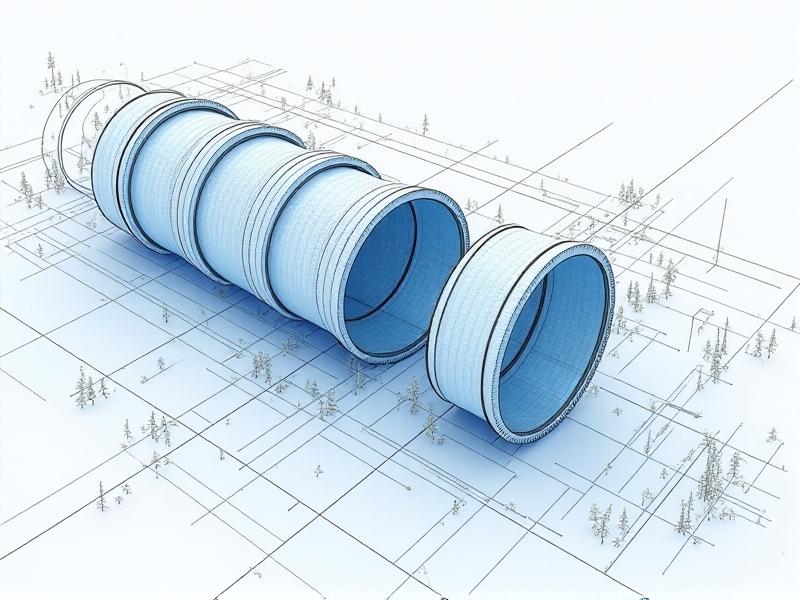
Designing an effective earth tube system requires balancing pipe length, diameter, and burial depth. Longer tubes increase heat exchange but demand stronger airflow mechanisms. A diameter of 8–12 inches typically balances airflow resistance and heat transfer. Burial depth must account for local frost lines and soil thermal properties. Proper insulation at entry and exit points prevents condensation and thermal bridging. Materials should resist corrosion and microbial growth, with smooth interiors to reduce friction. Passive systems rely on natural convection, while active designs incorporate fans for enhanced control. Soil type also matters: clay retains moisture for better heat exchange, while sandy soils drain faster, requiring adjustments in tube layout.
Benefits and Potential Challenges

Earth tubes slash energy use by up to 70%, drastically cutting utility costs and carbon footprints. They improve indoor air quality by filtering particulates and allergens through soil. However, improper installation risks mold growth from trapped moisture or inadequate drainage. High upfront costs for excavation and materials can deter adoption, though long-term savings offset initial investments. In humid climates, dehumidification may be necessary to prevent condensation. Regular maintenance, like cleaning filters and inspecting joints, ensures longevity. When designed thoughtfully, earth tubes offer a resilient, low-tech solution for sustainable climate control.
Case Studies of Successful Implementations
The Visitor Center at Pennsylvania’s Yellow Springs Farm uses a 300-foot earth tube system to maintain comfortable temperatures year-round, reducing HVAC use by 60%. Similarly, Germany’s Vauban district incorporates earth tubes in multi-family housing, achieving Passivhaus certification. In Australia, the Adelaide Showgrounds employ a hybrid system combining earth tubes with solar chimneys, demonstrating adaptability to arid climates. These projects highlight scalability—from single homes to large communities—and underscore the importance of site-specific design. Post-occupancy evaluations reveal consistent energy savings and high occupant satisfaction, validating earth tubes as a practical, scalable technology.
Earth Tubes vs. Conventional HVAC Systems
Unlike energy-intensive HVAC systems, earth tubes require no refrigerants or combustion, eliminating greenhouse gas emissions. They operate silently and lack moving parts in passive setups, minimizing maintenance. However, HVAC systems offer precise temperature control and faster adjustments, which earth tubes supplement rather than replace. In retrofits, earth tubes can reduce HVAC load, extending equipment lifespan. Financially, earth tubes have higher upfront costs but lower operational expenses over time. For regions with moderate climates, they can fully replace mechanical cooling, while extreme climates benefit from hybrid approaches. This synergy between natural and mechanical systems defines modern sustainable architecture.
Innovations in Earth Tube Technology
Recent advancements include sensor-driven airflow modulation, which adjusts fan speed based on real-time temperature data. Phase-change materials (PCMs) embedded in tube walls enhance thermal storage capacity. Researchers are experimenting with helical tube designs to maximize surface area within compact spaces. Solar-powered fans eliminate grid dependence, while AI algorithms optimize performance by analyzing weather patterns. Modular systems now allow easier retrofitting in urban settings. These innovations address historical limitations, expanding applicability to high-rise buildings and industrial complexes. As material science and IoT evolve, earth tubes are poised to become a cornerstone of net-zero construction.

